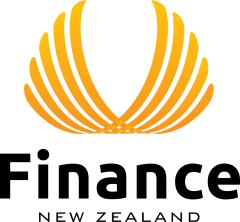How asset-only entities work
Date
10 September 2018
Share

The purpose of setting up an asset-only entity is to separate a company’s assets from the trading business. In doing so, you aim to ringfence your gear, protecting it from unsecured creditors if the trading company runs into problems which may otherwise see the assets sold up if the trading company was to fail.
How it works is the asset-only entity owns all the gear and owes all the money on the equipment. It then leases the assets to the trading business, using this income to pay down the loans. The trading business get on with the work it is contracted to do, pays the wages and shouts the beers.
To ensure that an asset-only entity works as intended, it is imperative that it is set up correctly. Leasing agreements should be sound, and assets must be registered correctly on the PPSR (Personal Properties Securities Register). Failing to do so may invalidate the goal of asset protection for which the asset-only entity was established.
We recommend you get legal advice to ensure things are set up properly. If you get this wrong, it won’t work.
It can be complex and a bit fiddly, but the structure works well and is popular in contracting, forestry and transport business where trading companies are subject to risk associated with the likes of health & safety liability, contract performance etc.
Similar Posts
27 November 2025
The Bottom of the Cycle? What the OCR Cut Means for 2026
Shifting interest rates are reshaping the way businesses finance equipment, vehicles and growth. Understanding these changes can help you make smarter, better-timed funding decisions.

04 November 2025
Finance for Specialised Mining & Quarry Equipment
Securing finance in the mining and aggregates industry demands a partner who understands operational reality — from high-duty machinery and rebuild cycles to remote site conditions and production-driven cashflow. Finance New Zealand provides specialist asset-backed funding solutions, backed by hands-on industry experience and lender advocacy that turns complex equipment deals into approvals. When your operation moves heavy, we move with you.


Page Links
Contact us
Finance New Zealand Limited L11 BDO Tower, 19-21 Como Street, Takapuna, Auckland 0622 PO Box 65164, Mairangi Bay 0754 T: (09) 222 0320E: info@financenz.co.nzMember of


Proud Sponsors of Auckland Rescue Helicopter Trust
Copyright Finance New Zealand Ltd 2025



